It is a beautiful sunny day and you are out for a drive in your new Jeep; the top is off, the wind is blowing through your hair, who could ask for more? Then, at a 4-way, uncontrolled intersection, you come to a stop, look both ways, it is clear, so you proceed. Suddenly, like a bat out of you-know-where, a kid in a tricked-out sports car slams into you. He immediately gets out of the Jeep, apologizes, says it is his fault, and gives you his insurance information. You get home, to make your claim, and the kid has called his insurance company and told them it was your fault. What do you do? Below is a discussion of some steps you can take, at the scene of the wreck, and a few steps that might help, after the wreck.
1. Statement of Other Driver
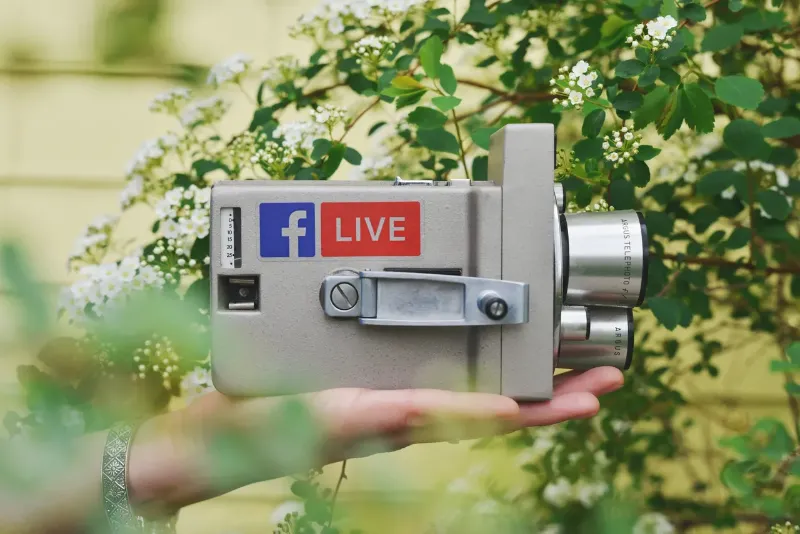
a. Digital
If you have a smartphone and you can talk to the other driver, have them give you a recorded statement, right there on the scene. Have the other driver say their name, show a picture of their driver’s license and insurance card, on the recording, and have them explain that the wreck was their fault and what happened. Now, this may not always be an option; one, the other driver might not agree to do it; two, you might be getting carried off in an ambulance; three, you might not have a smartphone, but if this is an option, it is a great way to protect against a change of story, when the other driver calls their insurance. It is also very helpful, in instances, when the other driver will not respond to their insurance, which sadly, happens more often than you would think.
b. Handwritten
If you do not have a smartphone or digital recording device, have the other driver make a written statement, listing his name, driver’s license number, automobile insurance information, that he was at fault, and what happened in the wreck. If you have a witness available, ask them to witness the signature of the negligent driver, in case they try to change their story and you can prove that someone, besides you, saw the negligent driver write and sign the statement.
2. Witness Statement
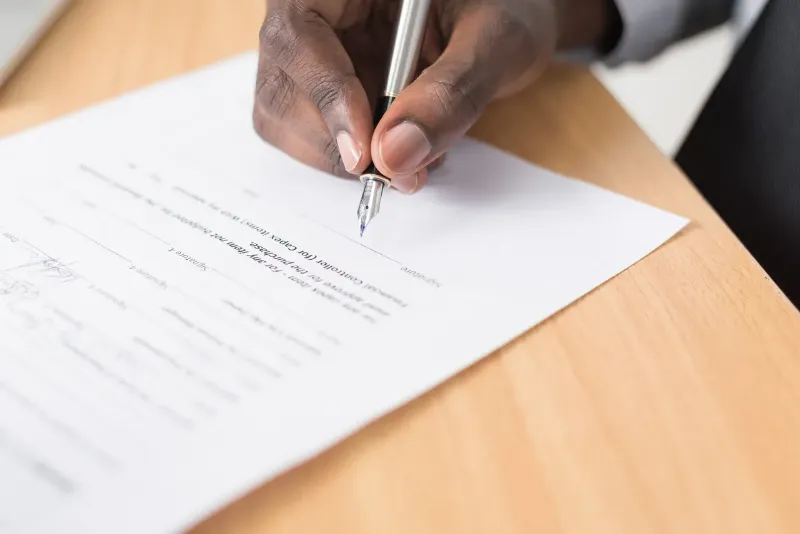
If you are not able to talk to the other driver, at the scene, or later, but there was a witness to the collision, make sure to get the digital and or written statement of the witness. You will want to get their name, phone number, mailing address, email address, an indication that the other driver was at fault, and a description of what the witness saw, regarding the wreck. This will be very useful to the adjuster when they are investigating the claim, and it will help you, if the other driver does change their story, to have a statement, supporting your version of the facts, from an unbiased, uninvolved third party witness.
3. Police Report
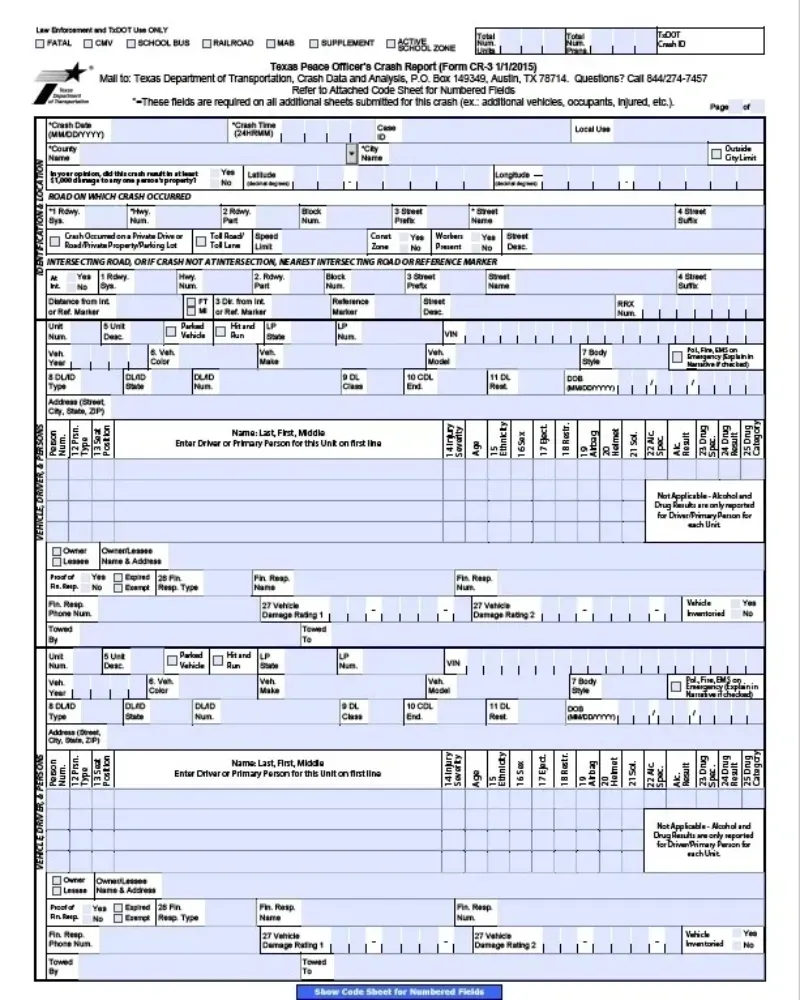
If you called the police, which you always want to do following a car crash, motorcycle accident, 18-wheeler collision, etc., and an officer came to the scene, depending on the amount of damage, caused by the wreck, the officer will create a Crash Officer’s Police Report. This report is a great source of information. If you were not able to speak to anyone at the scene, the police report may have all of the information that you need. It will have the contact and insurance information for the other driver. If there were witnesses, they MAY be listed on the report. I do not know the requirements for officers, when it comes to listing witnesses and their contact information, on the police report, but it seems to vary from city to city, county to county, and state to state. If the facts are in your favor, and the other driver changed their story, a copy of the police report may help clear up any confusion for the insurance adjuster.
4. Open Records Request
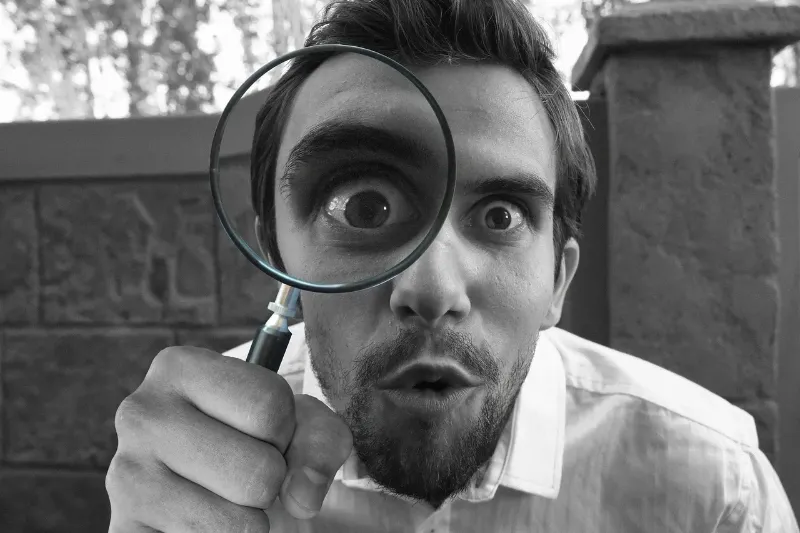
If there are witnesses, but they are not listed on the police report, an open records request, to the investigating agency, can get you copies of witness statements and if you send your request in a timely, it can also get you a copy of the officer’s lapel recording and 911 calls. These are both very helpful pieces of evidence, to help determine fault. If an actual witness called into 911 and gave their version of the facts, which match yours, you can provide this statement to the insurance adjuster to aid in their investigation of liability. If the negligent driver admitted fault, to the officer, and it was recorded on his lapel recording, you can also provide this information to the officer. Evidence produced in response to an open records request can be extremely helpful and a fruitful source of liability facts. The amount of time that this information must be kept varies from office to office, so you will want to request it IMMEDIATELY to make sure you get your hands on all of the potentially helpful information you can find there!
5. Surveillance Video from Surrounding Building
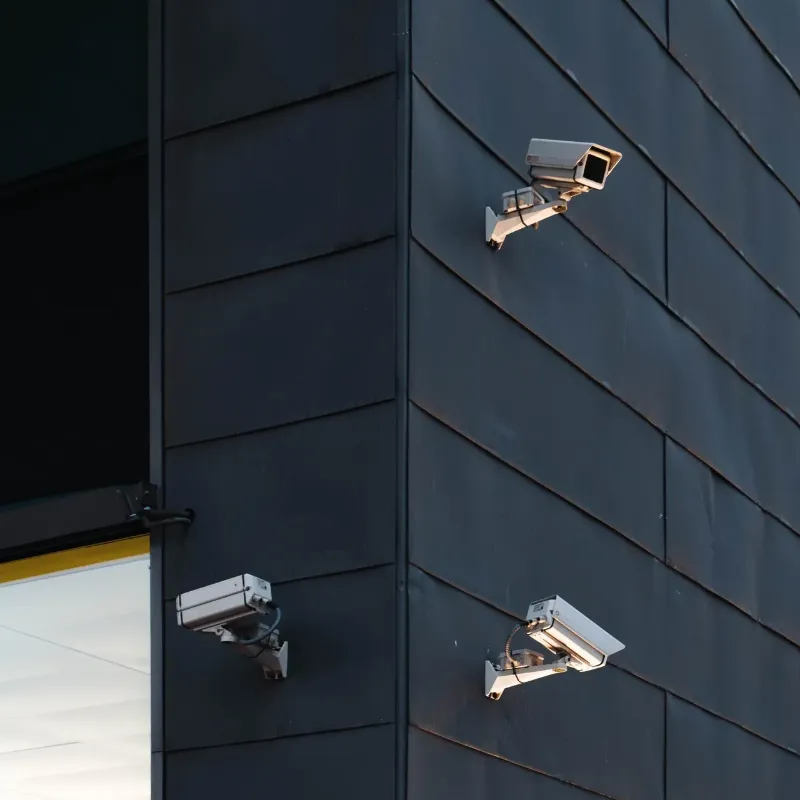
One more potential source of proof of fault is surveillance videos from surrounding buildings. These are hard to obtain and do not stay on servers very long, so you will want to work SUPER QUICK to get this evidence if it exists. I had a client who was in a wreck in front of a gas station; she did not hire me until months after the wreck, but I still worked to gather all of the evidence that I could find. I contacted the gas station, and they were very helpful and quick to my response but were sad to tell me that their surveillance recordings are only stored for four days; that’s right, only 4 days. As you can see, acting quickly is an understatement.
In conclusion, you can take steps to avoid being harmed by a liar, liar, pants on fire. If you can, get their statement recorded, either digitally or hand-written. Talk to witnesses and get their statements. If the wreck happened in front of a building with an outdoor surveillance camera, get that recording IMMEDIATELY! If there is one, get the police report. Do an open records request and see if there is any additional evidence to support your version of the facts. Sadly, we live in a world where this information is useful, helpful, and necessary!
Stay safe!

